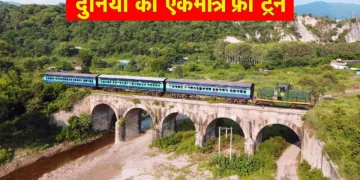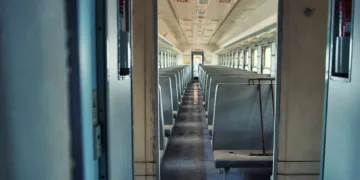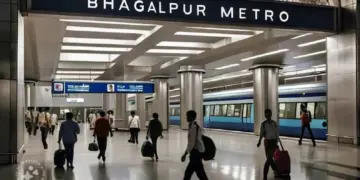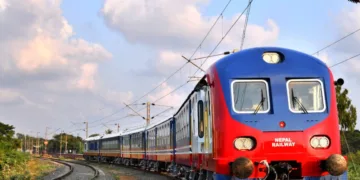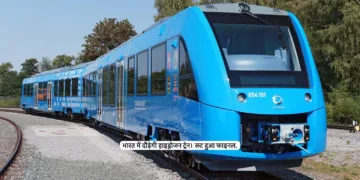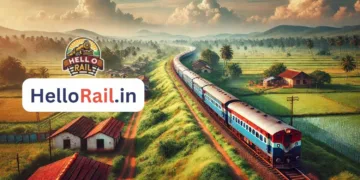What’s inside:
This article discusses the history and current status of Indian Railways, including its expansion, challenges, and future strategies.
Indian Railways has come a long way since its first passenger train journey in 1853. Initially, the railway network had only 57,000 kilometers of track, most of which was not electrified. Today, it has expanded to 69,000 kilometers, with 90% of the routes now electrified. The growth has included the introduction of modern trains like the Vande Bharat Express.
The railway network has not only improved in size but also in technology and safety. Indian Railways has developed many digital systems for ticketing and freight management, making it easier for passengers and businesses. There are also significant investments in creating world-class railway stations through public-private partnerships.
However, Indian Railways faces challenges in financial sustainability. For the fiscal year 2023-24, the revenue was slightly higher than its expenses, but it still relies on government support for network and station upgrades. The budget allocation for capital expenditure was significant, yet more funding is needed for expansion plans.
One major issue is the low return on investment; currently, the ratio of capital to revenue is quite poor. Indian Railways aims to improve this by enhancing its pricing strategies and increasing non-fare revenues. Successful examples from other countries show that better governance and operational efficiency can lead to profitability.
Going forward, Indian Railways plans to introduce a new fare structure starting July 2025, which will adjust prices based on distance. This could increase revenue slightly. The focus will also be on competing with air travel by launching high-speed trains and attracting private investment to boost efficiency and service quality.
Summary:
- Indian Railways has expanded to 69,000 kilometers with 90% electrification.
- Digital systems have improved ticketing and freight management.
- Financial sustainability remains a challenge with reliance on government support.
- Low returns on investment indicate a need for better pricing and operational strategies.
- New fare structures and high-speed trains are planned to boost revenue and efficiency.

